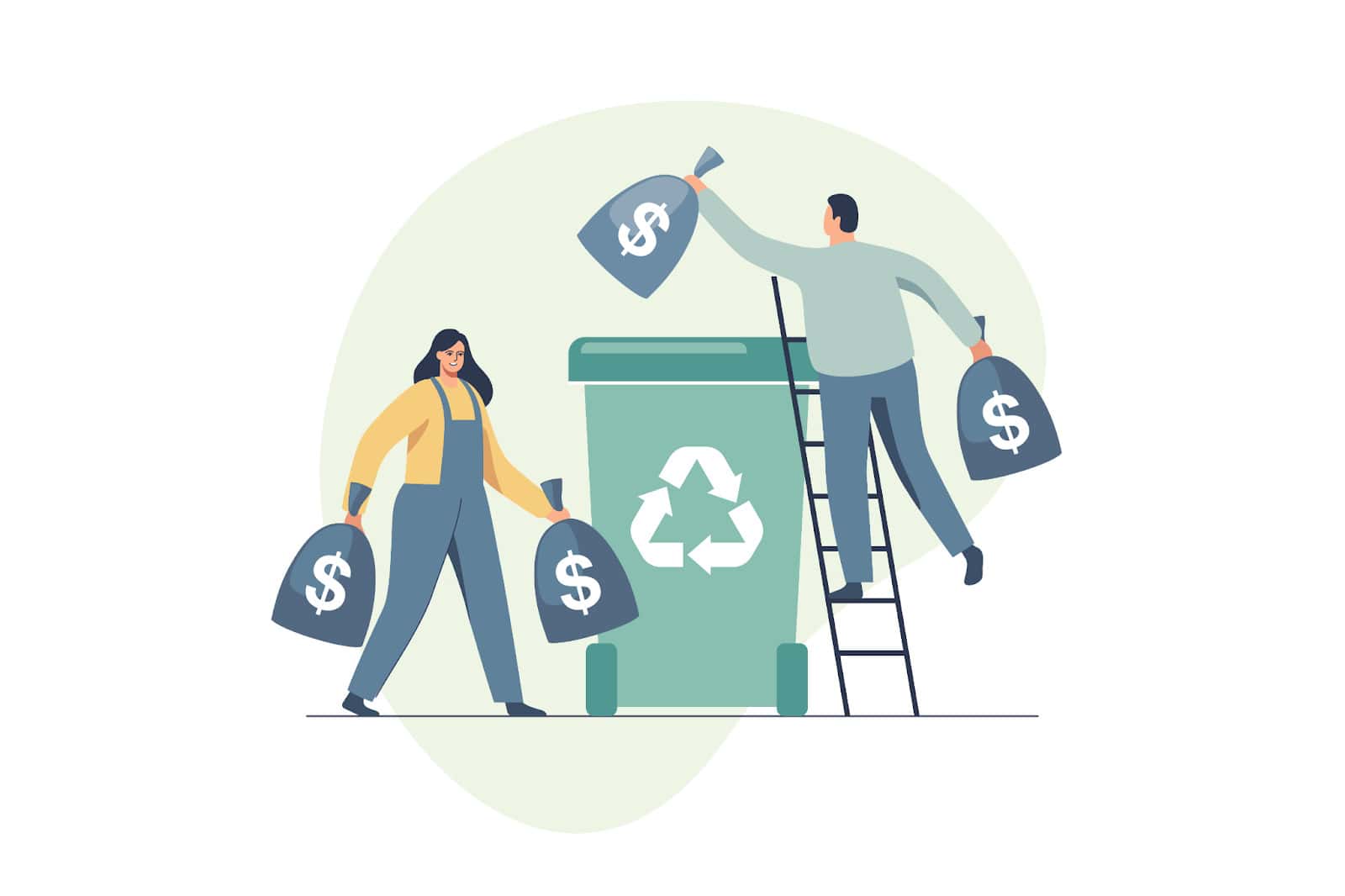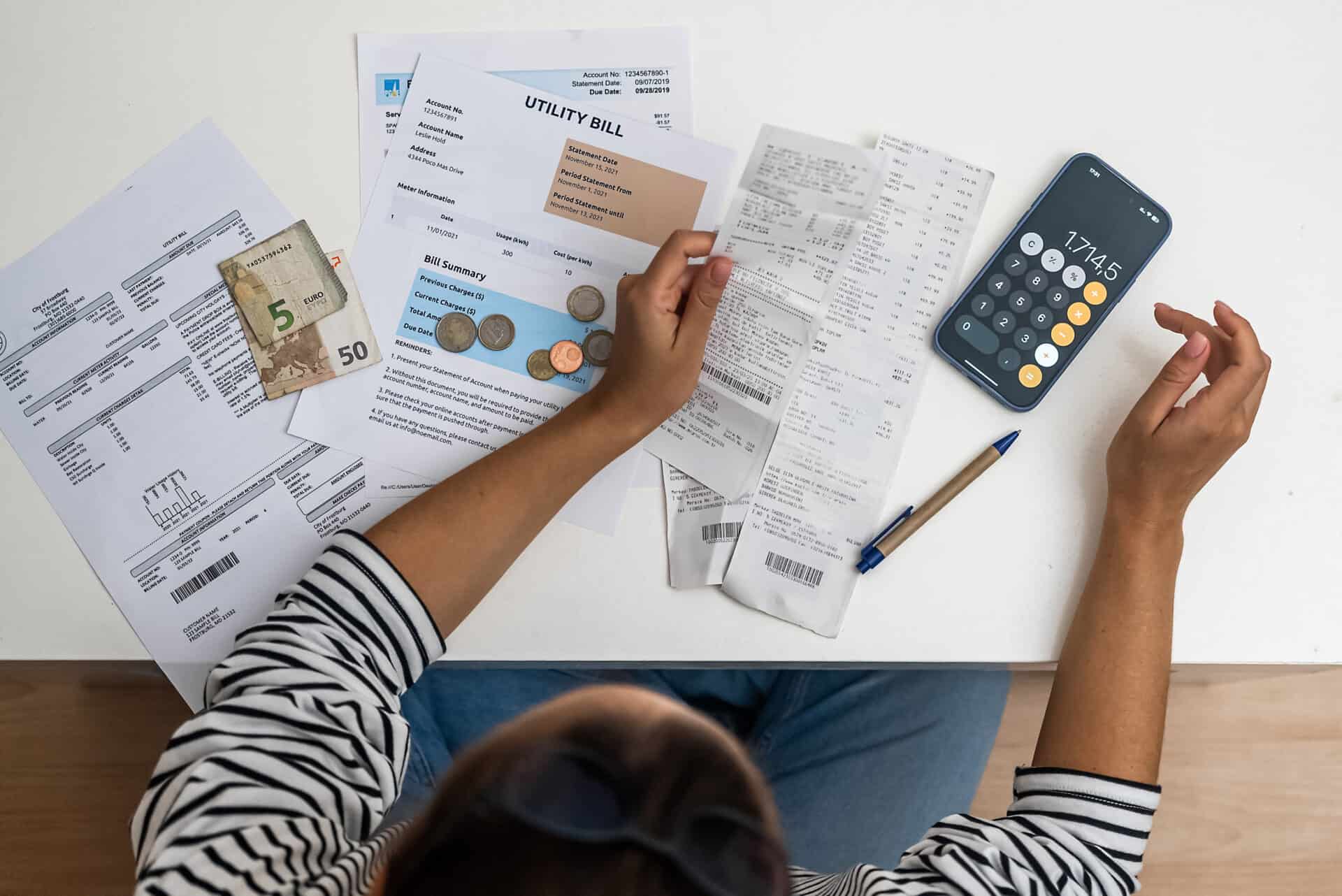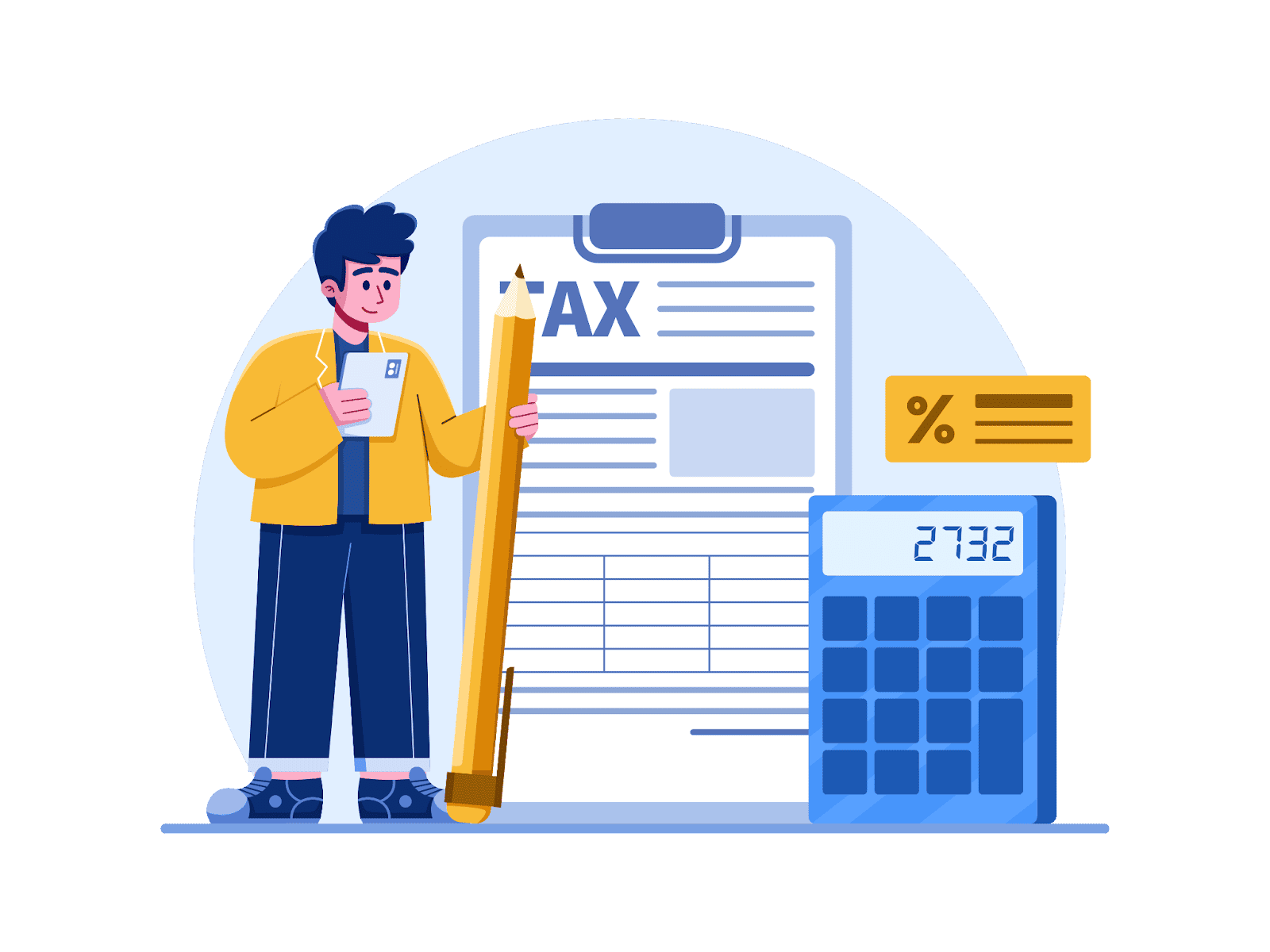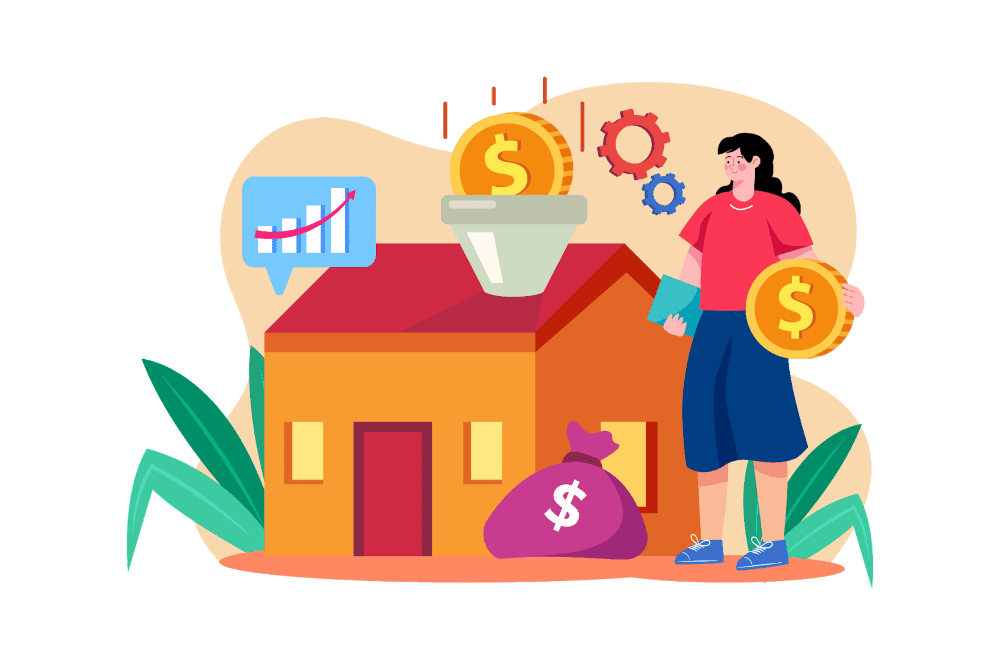Are you a property owner looking to build your wealth faster? Debt recycling could be the solution you need.
Debt recycling is a strategic approach to paying down your non-deductible home loan debt while simultaneously freeing up equity to invest in an income-producing asset. This allows you to claim tax deductions on the new debt, accelerating your wealth creation.
The key benefit of debt recycling is that it enables you to fast-track investments that may have otherwise taken years to save up enough money for. By recycling debt, you can generate passive investment income streams and maximise each eligible tax deduction along the way.
However, debt recycling comes with some risks that must be considered upfront. This guide will take you through everything you need to know about debt recycling.
What is a Debt Recycling Strategy?
Debt recycling is a strategic wealth creation strategy involving converting non-deductible personal debt into a separate investment loan that will help you save some tax through tax deductions.
Specifically, it works by:
- Paying down your non-deductible home loan using extra funds
- Simultaneously freeing up equity in your property
- Refinancing or re-drawing some of that equity to invest in income-producing assets
This transforms a portion of your non-deductible mortgage debt into deductible debt that can be used for investing. The key benefit is that you can then claim the interest payments and other costs associated with that investment loan as tax deductions.
Over time, the income earned from your investments is used to pay off your original home loan at an accelerated rate. This speeds up the growth of your overall net worth. Essentially, you are recycling your mortgage debt to purchase assets that themselves generate income.
Debt recycling provides benefits such as:
- Fast-tracking wealth creation since you can start investing with borrowed funds
- Generating passive income from your investments
- Maximising tax deductions on the interest paid
The overall goal is to pay off your non-deductible home loan quicker while simultaneously growing an investment portfolio. This dual approach allows savvy property investors to build wealth rapidly.
Is Debt Recycling Right for You?
Debt recycling can be a very effective wealth creation strategy, but it’s not right for everyone. There are a few key factors to consider when determining if debt recycling aligns with your financial situation and goals.
Who Can Benefit from Debt Recycling?
As a general rule, debt recycling works best for:
- Property owners – Since debt recycling revolves around utilising equity in property, you need to own a home or investment property to get started. You can recycle the debt on your residential property or leverage equity across multiple properties.
- High-income earners – The tax benefits of debt recycling are maximised when you have a high marginal tax rate. If you earn over $120,000 per year, the interest payments and costs of the investment debt can lead to substantial tax savings.
Things to Consider Before Getting Started
While debt recycling can accelerate wealth creation, it also comes with risks. Some key things to factor in include:
- Risk tolerance – Debt recycling adds market risk since it relies on investing in income-producing assets. Consider your ability to tolerate potential volatility and losses.
- Existing debt levels – Make sure your current debt is manageable before taking on additional liabilities. Debt recycling may be risky if your debt-to-income ratio is already high.
- Investment knowledge – You need to be comfortable actively managing an investment portfolio if you use debt recycling. An example would be considering passive index funds which can simplify investing for beginners.
Analyse your financial situation carefully in light of these considerations before pursuing a debt-recycling strategy.
The Risks and Rewards of Debt Recycling
As we’ve discussed, while debt recycling can accelerate wealth creation when done correctly, it’s important to carefully weigh up the potential risks and rewards before getting started.
Some of the key risks of debt recycling that need to be considered include:
| Potential Risks | |
| Market volatility | Investing borrowed funds exposes your capital to market fluctuations and potential losses. This can be managed by investing for the long term and diversifying appropriately. |
| Rising interest rates | An increase in interest rates on your loans can negatively impact the cash flow available to make repayments. Variable-rate loans pose the most risk. |
On the flip side, you can maximise the rewards of debt recycling and mitigate risks by:
| Maximising the Rewards | |
| Careful asset selection | Choosing assets with strong long-term growth prospects can enhance returns. Index funds, blue chip shares and investment properties in high-growth areas are lower-risk options. |
| Ongoing review | Monitor portfolio performance, loan interest rates, and cash flow regularly. Make adjustments to rebalance risk if needed. |
| Using a professional | Get personalised advice from a financial planner or accountant experienced in debt recycling strategies. |
Overall, have a plan in place to address potential challenges that may arise over your investment time frame when debt recycling.
Step-by-Step Guide to Getting Started
If you’ve determined that debt recycling aligns with your financial situation and wealth creation objectives, here is an overview of how to get started:
1. Determine Your Borrowing Capacity
The first step is to analyse your current financial position and establish how much you can borrow overall. This includes assessing factors like:
- Income and expenses
- Existing debt obligations
- Credit history and score
This gives you an idea of the upper limits for taking on additional debt to use for investments.
2. Set Up a Flexible Lending Facility
Rather than relying solely on your home loan, setting up a line of credit or split loan can make debt recycling easier. This gives you flexibility to access equity later on.
3. Make Extra Repayments to Free Up Equity
Dedicate any extra funds available to pay down your non-deductible home loan debt first. This builds equity faster. Automate extra payments if possible.
4. Draw Down Equity to Invest
As you pay down your home loan and equity builds up, draw down a portion of that equity to invest. Transfer it to your investment account or loan facility.
5. Invest in Tax-Deductible and Income-Producing Assets
Use the funds sourced via debt recycling to invest in assets that produce income, like shares, managed funds, or investment properties.
6. Claim Tax Deductions
The interest and fees associated with the investment debt can now be claimed as tax deductions to maximise your savings.
Tips for Successful Debt Recycling
Implementing an effective debt-recycling strategy takes research, planning, and ongoing effort. Here are some expert recommendations to help set your strategy up for success:
- Start small and build up: When first starting, begin conservatively with a small portion of your overall debt. As you get comfortable, you can scale up your debt recycling efforts for greater impact. Going slow and steady is key.
- Have a clear strategy: Define your objectives, risk tolerance, target asset allocation, and timeline for debt elimination right from the start. Revisit this regularly and make adjustments when needed.
- Stick to your timeframe: Debt recycling is a long-term wealth-building approach. Make sure your investment timeline aligns with your debt reduction timeline. Don’t panic and exit early based on short-term underperformance.
- Keep carefully-tracked records: Closely track when you pay interest, investment deposits/withdrawals, capital gains, dividends, and tax deductions annually. This ensures you maximise benefits.
- Get professional advice: Consult qualified financial planners and accountants when developing your debt recycling strategy. It’s always best to get personalised guidance based on your situation.
Key Takeaways
- Debt recycling converts non-deductible debt like mortgages into deductible debt that can be invested to build wealth faster through assets like shares and property.
- It allows paying the mortgage down quicker while also generating funds to invest and grow wealth.
- Debt recycling provides substantial tax deductions, especially for high-income earners.
- However, it does carry some risks, such as market volatility and rising interest rates, to be aware of.
- With careful planning and execution, debt recycling can accelerate financial independence and passive income significantly.
Get the most out of your investment property – contact Duo Tax today for a free consultation on maximising your tax deductions by claiming depreciation.
FAQs
What Is an Example of Debt Recycling?
A common example would be making additional repayments on your residential home loan to pay it down faster while simultaneously setting up a line of credit facility secured against your home. As you build equity, you can draw down funds from the line of credit to invest in shares or investment property. The interest costs on the line of credit become tax-deductible debt since the borrowed money is used to produce assessable income.
Is Negative Gearing the Same as Debt Recycling?
No, negative gearing and debt recycling are two different concepts. Negative gearing refers to running an investment property or share portfolio at an after-tax loss, which boosts tax refunds. The losses come directly from the investment assets. Debt recycling focuses on converting non-deductible personal debt into deductible investment debt to accelerate wealth creation. The losses come from the interest paid on the investment loan.
What are the Disadvantages of Debt Recycling?
Some potential downsides include increased debt obligations, which raise your risk profile; exposure to market volatility by investing borrowed funds; rising interest rates increasing cash flow pressure; and changes to tax policies negating benefits. There are also establishment costs when setting up the lending facilities required for debt recycling.
What Does It Mean to Recycle the Loan?
When you recycle debt, you “recycle” funds borrowed for personal use into funds that can be borrowed for investment purposes. This is done by paying down your non-deductible home loan using available funds, then re-drawing equity from this loan to invest once sufficient equity has built up. Over time, this converts a portion of your home loan into a tax-deductible investment loan.

Ready to get started?
Talk to one of our friendly property experts to get a free quote or more Information.










